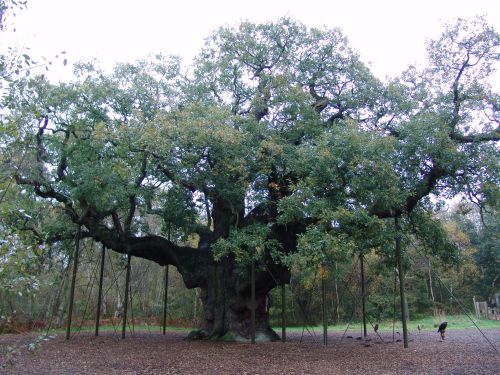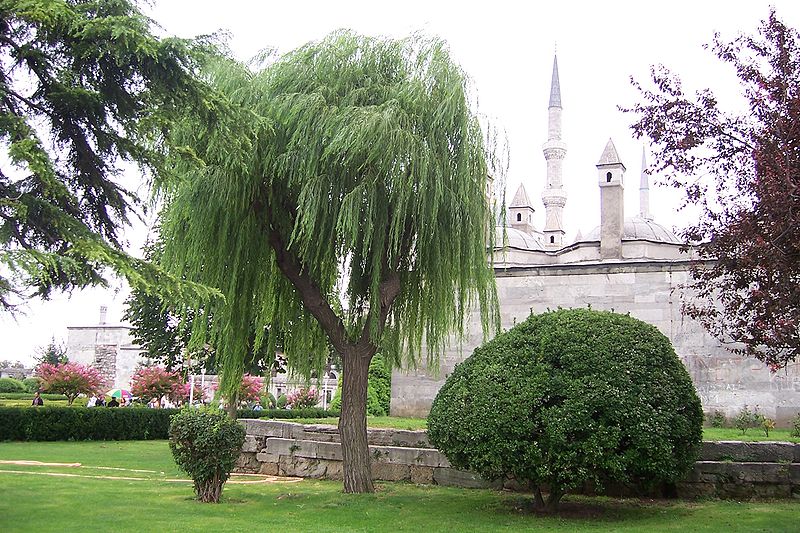
Triarii
Cavalry
This company really are starting to build a reputation as the best manufacturers of 10mm figures on the market. I'd be really interested if anyone has bought some themselves; are they as good as the website masters?
A blog about painting figures and making terrain for 10mm Ancients Wargaming. With some 28mm figures thrown in for good measure. If you like anything you see please leave a comment.



 These are 2mm or "short" tufts and are a good fit for 10mm scale. The strips are double sided, so you do get a fair number of tufts. As you can see on the cutting mat, it comes to about 15cm x 10cm.
These are 2mm or "short" tufts and are a good fit for 10mm scale. The strips are double sided, so you do get a fair number of tufts. As you can see on the cutting mat, it comes to about 15cm x 10cm. The tufts themselves are irregularly shaped and the grass seems to be bonded to a flexible glue that stays lightly tacky. They can be pulled apart to make smaller tufts as well without noticeably damaging the appearance of the grass. I've used tacky glue to attach mine to the bases.
The tufts themselves are irregularly shaped and the grass seems to be bonded to a flexible glue that stays lightly tacky. They can be pulled apart to make smaller tufts as well without noticeably damaging the appearance of the grass. I've used tacky glue to attach mine to the bases.


 I also went a bit more ambitious with the 3rd unit and painted on a hand-print, which was also one of the Numidian designs I came across in my research on shields. This was not that consistent across the unit, but it come out pretty well and I'm pleased with it.
I also went a bit more ambitious with the 3rd unit and painted on a hand-print, which was also one of the Numidian designs I came across in my research on shields. This was not that consistent across the unit, but it come out pretty well and I'm pleased with it.
 A group shot of them ready to harass the enemy flanks!!
A group shot of them ready to harass the enemy flanks!!


 The flock I used was from AW as well, but I'm not sure they still make it. It is a mixed colour flock, predominately light green, but with some dark green and yellow mixed in. As I mentioned when describing my tree in an earlier post, when replicating nature getting layers and textures into the model is vital, and so multi shaded flock is a great cheat.
The flock I used was from AW as well, but I'm not sure they still make it. It is a mixed colour flock, predominately light green, but with some dark green and yellow mixed in. As I mentioned when describing my tree in an earlier post, when replicating nature getting layers and textures into the model is vital, and so multi shaded flock is a great cheat.
 I finished it off by building up layers of flock, which is the best way of adding realism to natural scenery. I used; mixed autumn flock (antinociti's workshop), dark green clump foliage, scorched grass static grass, and finally some dead leaves (AW). Final effect is loads better than the painting alone would have been.
I finished it off by building up layers of flock, which is the best way of adding realism to natural scenery. I used; mixed autumn flock (antinociti's workshop), dark green clump foliage, scorched grass static grass, and finally some dead leaves (AW). Final effect is loads better than the painting alone would have been.



 There are 5 units in total. That's 15 stands, or 120 figures!
There are 5 units in total. That's 15 stands, or 120 figures! They are not actually a "gallic" warband, in figure manufacturer's speak, as I used a mixture of different figures. I used 4 different packs of vaguely hairy barbarian types from Pendraken and mixed them through the units. My justification is that personally I feel all these barbarian hordes contemporary with the Romans would have been a fairly mixed rabble, with mixed equipment. It is more than likely that some would have scavenged mail off dead enemies, possibly helmets and shields as well.
They are not actually a "gallic" warband, in figure manufacturer's speak, as I used a mixture of different figures. I used 4 different packs of vaguely hairy barbarian types from Pendraken and mixed them through the units. My justification is that personally I feel all these barbarian hordes contemporary with the Romans would have been a fairly mixed rabble, with mixed equipment. It is more than likely that some would have scavenged mail off dead enemies, possibly helmets and shields as well.
 See; they're tiny.
See; they're tiny. The Magister Militum figures are much more fun to paint, although they are not perfect they have a lot of nice detail and it is possible to actual paint by layering, whereas most of the Pendraken ones I've got really can only be base-coated and washed.
The Magister Militum figures are much more fun to paint, although they are not perfect they have a lot of nice detail and it is possible to actual paint by layering, whereas most of the Pendraken ones I've got really can only be base-coated and washed.
 My plan was to appear to refuse the right flank, before swinging the cavalry round there and hopefully hitting him in the flank of the pikes (where they would get next to no attacks back). It relies on a lot of command rolls in a row to spring the trap, but I was confident that if I could pull it off my 3 cavalry units could win the game...
My plan was to appear to refuse the right flank, before swinging the cavalry round there and hopefully hitting him in the flank of the pikes (where they would get next to no attacks back). It relies on a lot of command rolls in a row to spring the trap, but I was confident that if I could pull it off my 3 cavalry units could win the game... The game was quite cagey again, both sides lacking substantial numbers of skirmishers and reluctant to be charged given the reputation of the other side's core infantry.
The game was quite cagey again, both sides lacking substantial numbers of skirmishers and reluctant to be charged given the reputation of the other side's core infantry.
 Although the legions did well, at 80pts vs 45pt they didn't do quite well enough in resisting taking casualties.
Although the legions did well, at 80pts vs 45pt they didn't do quite well enough in resisting taking casualties. I've come across another resin scenery manufacturer on the web and I have to say I'm pretty impressed. Kerr & King mainly seem to make 15mm terrain but have recently added some 10mm items.
I've come across another resin scenery manufacturer on the web and I have to say I'm pretty impressed. Kerr & King mainly seem to make 15mm terrain but have recently added some 10mm items.


 Medium or heavy cavalry, as these models are larger I tried to add a bit of variety to them by painting on markings on the horses, if you look really carefully you can see some have blazes or stars on their nose (2nd from left, front row) , and some have white "socks" (3rd from left, front row, left front leg). It was quite quick to add and I let the mood take me, if I was too messy with a star, it became a blaze, or a full white face for example.
Medium or heavy cavalry, as these models are larger I tried to add a bit of variety to them by painting on markings on the horses, if you look really carefully you can see some have blazes or stars on their nose (2nd from left, front row) , and some have white "socks" (3rd from left, front row, left front leg). It was quite quick to add and I let the mood take me, if I was too messy with a star, it became a blaze, or a full white face for example.
 lete. Well I assume it was incomplete, but as there are so few pictures of Pendraken models, and no assembly instructions I just assumed it was incomplete! I've since seen this model put together completely differently, so I could be wrong! There were only 2 parts the base frame and then a 3 point frame. I studied the Onagers in Rome:Total War and also looked up some sketches on the internet of Roman Onagers, and built a throwing arm from plasticard tubing, then used a small bit of bent wire in the end and made a rope and throwing cup from greenstuff and twisted brass wire. God knows if it is a correctly put together model, historically accurate, or physically plausible! But it looks pretty cool, and to be honest that is my main aim.
lete. Well I assume it was incomplete, but as there are so few pictures of Pendraken models, and no assembly instructions I just assumed it was incomplete! I've since seen this model put together completely differently, so I could be wrong! There were only 2 parts the base frame and then a 3 point frame. I studied the Onagers in Rome:Total War and also looked up some sketches on the internet of Roman Onagers, and built a throwing arm from plasticard tubing, then used a small bit of bent wire in the end and made a rope and throwing cup from greenstuff and twisted brass wire. God knows if it is a correctly put together model, historically accurate, or physically plausible! But it looks pretty cool, and to be honest that is my main aim. or 1/72 miniatures. I'm going to have a go at replicating some of the designs on my 10mm Carthage troops, but not sure how well it will go!!
or 1/72 miniatures. I'm going to have a go at replicating some of the designs on my 10mm Carthage troops, but not sure how well it will go!!
 k that different at any life stage, so there is the opportunity for people like me who play at different scales to make a scenery piece that can be used across different games. For maximum heights of Scots Pine & Douglas Fir, you are looking at 35m and 55m respectively, which is 220mm - 340mm!!
k that different at any life stage, so there is the opportunity for people like me who play at different scales to make a scenery piece that can be used across different games. For maximum heights of Scots Pine & Douglas Fir, you are looking at 35m and 55m respectively, which is 220mm - 340mm!! eastern building, £50 for a hill fort. It has given me an idea to draw "inspiration" from these pictures in making my own terrain.
eastern building, £50 for a hill fort. It has given me an idea to draw "inspiration" from these pictures in making my own terrain.


